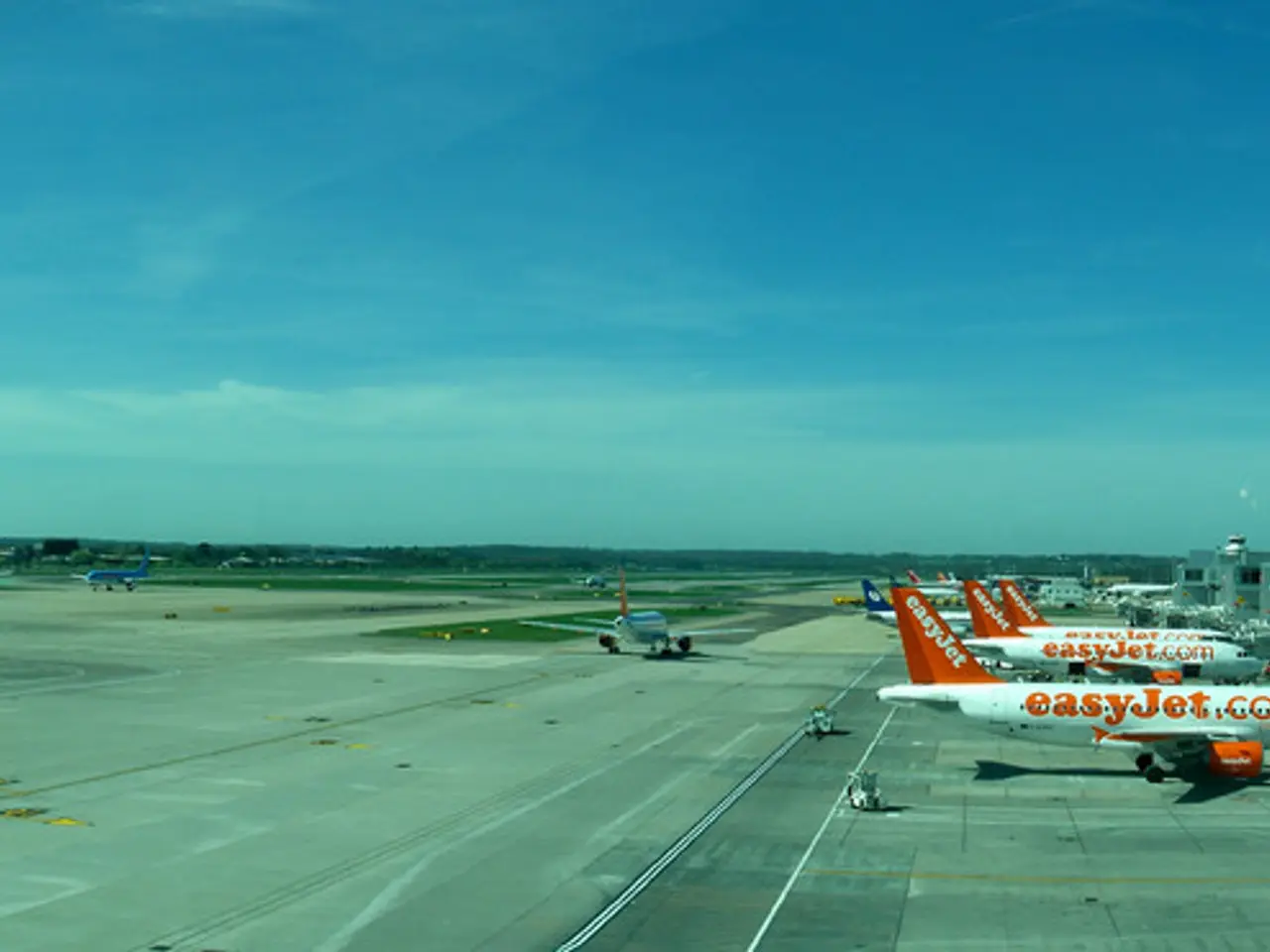Examining the Expensive Nature of Airport Products and Services
In the bustling world of air travel, it's no secret that the goods and services available at airports often come with a premium price tag. But why is this the case? Let's delve into the economic factors that contribute to the higher costs in airport retail and dining.
First and foremost, businesses operating within airports face significant rental fees, often structured as both fixed rents and a commission on sales. This premium for high foot traffic and captive customers can be substantial, with airports also charging dynamic lease prices based on foot traffic and store performance.
The limited competition within airports is another key factor. Once past security checkpoints, travelers have limited alternatives to buy goods or services, allowing retailers to charge higher prices. The convenience offered by airport shops and restaurants, particularly to time-strapped travelers, also plays a role in the higher prices.
Airport shops often sell duty-free items, which are tax-exempt, but many other goods like food, beverages, and general retail still carry higher prices due to other factors such as supply and operational costs. Economic pressures, including global inflation and increased costs for airlines and airport operations, indirectly increase prices for consumers throughout the travel ecosystem.
Airports are subject to stringent security regulations, which require additional costs for security personnel, equipment, and protocols. Specialized suppliers capable of meeting these strict security and quality control standards may result in higher procurement costs for airport businesses.
The commercial landscape within airports is often limited in competition due to space constraints and exclusive agreements. The bidding process for obtaining a concession space in an airport can be highly competitive, driving up the prices even further.
Businesses within airports face restricted access and limited transportation options, impacting their supply chains. Compliance with aviation regulations also contributes to the higher operational costs.
Passengers have fewer options and businesses can charge premium prices due to this limited competition. Airports charge high rents to businesses within their premises to cover operating costs, including substantial expenses for maintenance, utilities, and staffing.
Organisations such as the Airport Cooperative Research Program (ACRP), the Airports Council International (ACI), the International Civil Aviation Organization (ICAO), and the Airport Authority of India (AAI) provide valuable research, publications, and reports on airport operations and finances, offering insights into these economic factors.
In conclusion, the high cost of goods and services in airports can be attributed to a combination of logistical challenges, high rent and concession fees, and the unique operational environment of airports. Understanding these factors can help travellers make informed decisions and budget accordingly for their airport purchases.
In the unique operational environment of airports, limited competition and high rental fees contribute to the charging of premium prices by businesses. As a result, passengers often face higher costs for goods and services due to the restricted access, competitive bidding processes, and logistical challenges experienced by airport businesses.





